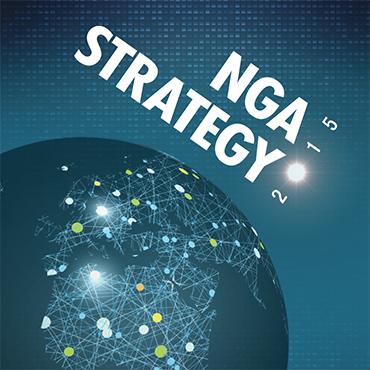New NGA strategy touts automation, commercial capabilities

National Geospatial-Intelligence Agency Director Robert Cardillo says geospatial intelligence is ripe for collaboration between industry and government.

Declaring that geospatial intelligence is at an “inflection point” ripe for collaboration between industry and government, National Geospatial-Intelligence Agency Director Robert Cardillo on June 23 rolled out a new strategy that emphasizes using data automation to free up analysts.
“To help our people, we need to do what we can do to cut our Gordian knot, and automate as much as possible, so analysts can analyze, instead of spending all their time trying to sort through chaotic data,” Cardillo told the 2015 GEOINT Symposium at the Washington Convention Center. “It will be less about how much content our people can deliver or how many images we can exploit, and more about how quickly we can make sense and parse reason out of that data to deliver context and coherence to our customers,” he added. The succinct strategy, no more than a series of bullet points, is the director’s latest call for getting IT tools into the hands of NGA analysts faster. In January, the NGA announced it would merge its CIO and IT services functions in a bid to more quickly deploy IT capabilities. The merger was meant to help the agency balance speed and security in acquisition, NGA Chief Information Officer Douglas McGovern told FCW in March. Automated analytics were then among the top technologies on his radar.
The NGA wants “to build speed and flexibility into our acquisition process. Yes, I said speed and flexibility in our acquisition process,” Cardillo said June 23, repeating himself, perhaps, to acknowledge skeptics accustomed to drawn-out acquisition cycles in government.
The strategy comes nine months after Cardillo took the reins of NGA from Letitia Long, and at a time when geospatial intelligence has had a growing role in helping the U.S. government respond to global humanitarian crises. To help combat the spread of Ebola, for example, NGA publicly released satellite imagery the agency said could be used to better understand where the disease was spreading.
Earlier at the conference, Deputy Defense Secretary Robert Work announced that the Pentagon was setting up a joint interagency space center that would allow the DOD and the intelligence community to collaborate on space awareness. That center will be operational within six months, he said.
NEXT STORY: One Week Left to Submit Bold Awards Nominations!





